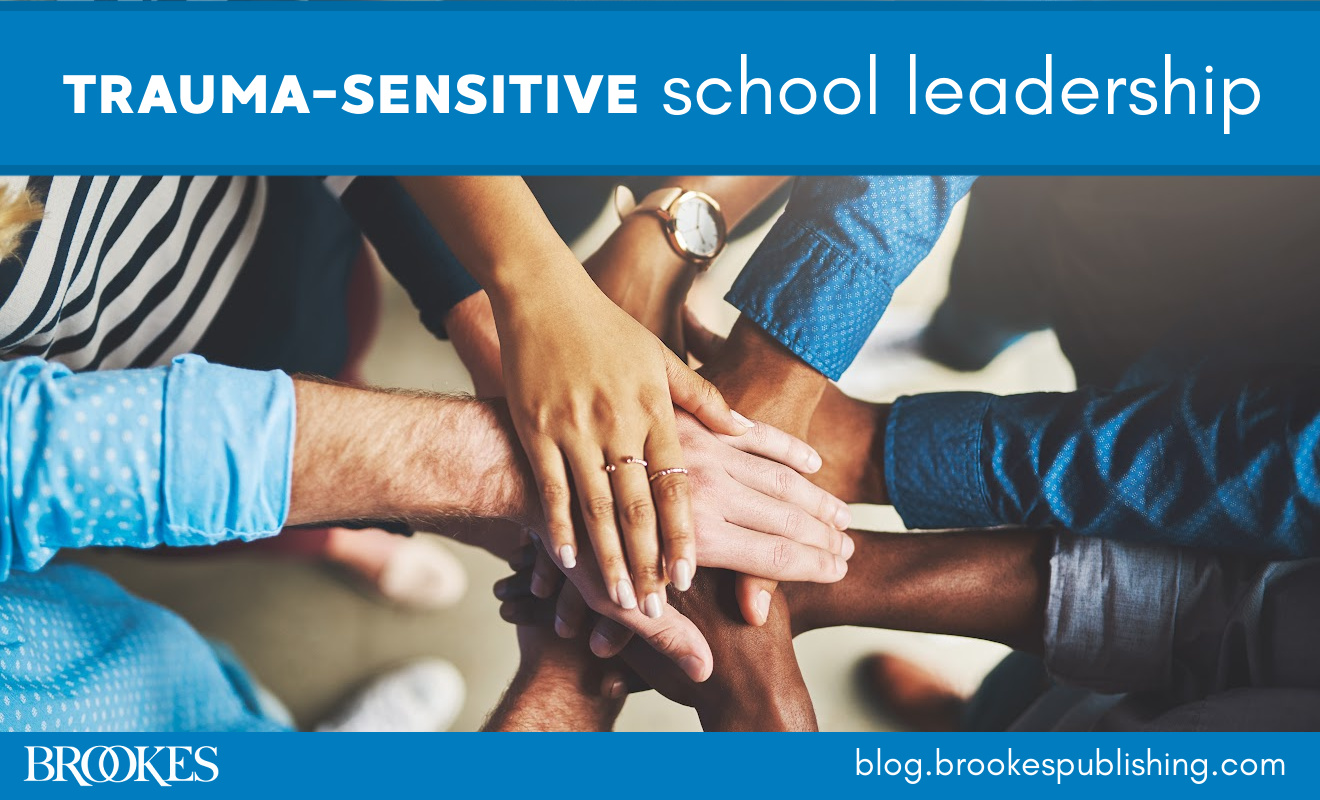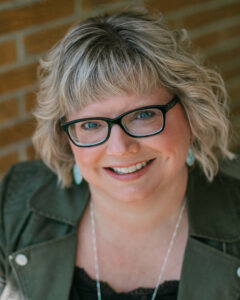6 Guidelines for Trauma-Sensitive School Leadership
September 24, 2024

*Today’s post is from Ms. Jen Alexander, a licensed educator, trauma expert, and the author of Building Trauma-Sensitive Schools and Quick-Guides for Building Trauma-Sensitive Schools.
School communities have always encountered big stress; this can include stress that originates outside of school but can also arise from harm that occurs on campus. These experiences don’t just affect youth—they impact adults too. Currently, there are continued, realistic fears about violence (and other harms like racism and microaggressions) on and off school grounds, disasters, waves of ongoing change related to instruction and socialization in the aftermath of COVID-19, conflict related to curriculum, staffing stress, and of course, ongoing grief and insecurities about meeting basic needs. The pandemic has exacerbated existing systemic problems within education (and beyond), and these factors are growing threats to your students’ well-being and capacity for learning.
If you’re an educational leader, how do you stand up for change without giving up on your profession? What does it mean to build a trauma-sensitive school when the need is so great and teams are already at or beyond capacity? Answers to these questions will take hard work, strong leadership, and lots of good care and collaboration. As you make progress toward building a trauma-sensitive learning community that meets everyone’s needs, here are six overarching guidelines to keep in mind:
Be willing to challenge and change current practices. Much of this work is about how we, as educators and educational leaders, engage in thoughtful, intentional, and collective change regarding our beliefs and actions. It involves listening to youth, really listening to them, as well as thinking critically about what we’ve typically done in the past as it relates to attendance, instruction, discipline, and school policy.
Maintain high expectations. When folks say, “These kids have been through so much, so we need to put academics aside to support students emotionally and socially,” respond with, “That’s a common misunderstanding.” We can and must have high expectations for learning and behavior while we’re supporting all youth and adults. This requires nurture and challenge plus a whole lot of boundaries. You’ll need to learn how to be both tender and strong within relationships, and how to embrace both structure and flexibility. If it sounds messy, that’s because it is! But as I like to say, messy and worth it!
Don’t dig for information about anyone’s trauma history. You don’t need to know a person’s trauma history to make a difference in their lives. In fact, searching for this information wit students or staff is potentially harmful and thus inappropriate. Instead, your group will need to learn more about trauma so that educators can anticipate the needs of one another and their students while actively collaborating with youth to create a healing-centered environment.
Know that your job isn’t to rescue anyone. Your students and staff members already bring tons of strengths to your school communities. Many of them have been through a lot, too. They need understanding, support, and action in connection with them (not things done to or for them) to stop harm and responsively address their needs. They don’t need rescuing or any other approach that diminishes their power; this is a common misconception, especially for white educators. (To learn more about this, read “Interrupting the Weaponization of Trauma-Informed Practice: ‘…Who Were You Really Doing the “Saving” for?’” by Goldin, Duane, and Khasnabis.) Healing is all about empowerment, so be ready to constantly highlight the strengths and brilliance in individuals and groups. There’s much to learn from one another!
Center student agency and genuine empowerment. Trauma takes control away, and any trauma-sensitive approach must help every person in your school community realize, deepen, and actualize their power. This requires that adults stop trying to have all the answers. Instead, we need to understand how children actually experience their worlds, not just how we think they do, and honor students’ creative ideas for learning, growing, and healing. Youth can and should actively help lead healing-centered school transformation. How? Start by listening, deeply listening, to people—your staff, your students, and your families. Listening and learning are what must drive our actions and advocacy for change. It will take practice to get there, and that practice is much of the work.
Take good care of yourself and your people. The stress that you and your educators are experiencing right now is significant. You and your teams need understanding, support, and practical resources that directly link to the truths of where things are. As I’ve always said to kids (and about kids), “We can deal with the truth together. It’s deception that really messes us up.” This requires not only creatively addressing faculty needs locally, but also advocating fiercely for systems-level change.
Next Steps Toward Change
Visit our dedicated page for Ms. Jen Alexander to:
- Download a free leadership guide. Get the full guide that expands on the tips in today’s blog post!
- Explore her books and resources, including the popular guidebook Building Trauma-Sensitive Schools and the new series of laminated quick-guides on key topics related to trauma-sensitive teaching.
- Access training options. Book a seminar on Building Trauma-Sensitive Schools, take an on-demand virtual course, or ask Ms. Jen to tailor on-site professional development for your school, district, or organization.
- Set up a free consultation. Book a consultation at com, and take steps toward creating a plan that will lead to manageable, sustainable change.
Reference
Simona Goldin, S., Duane, A. & Khasnabis, D. (2022) Interrupting the Weaponization of Trauma-Informed Practice: “… Who Were You Really Doing the ‘Saving’ for?” The Educational Forum. 86(1). p. 5-25.




Write a Comment
Your email address will not be published. Required fields are marked *
Post a Comment